Home>diy>Building & Construction>When Was The Titanic Constructed
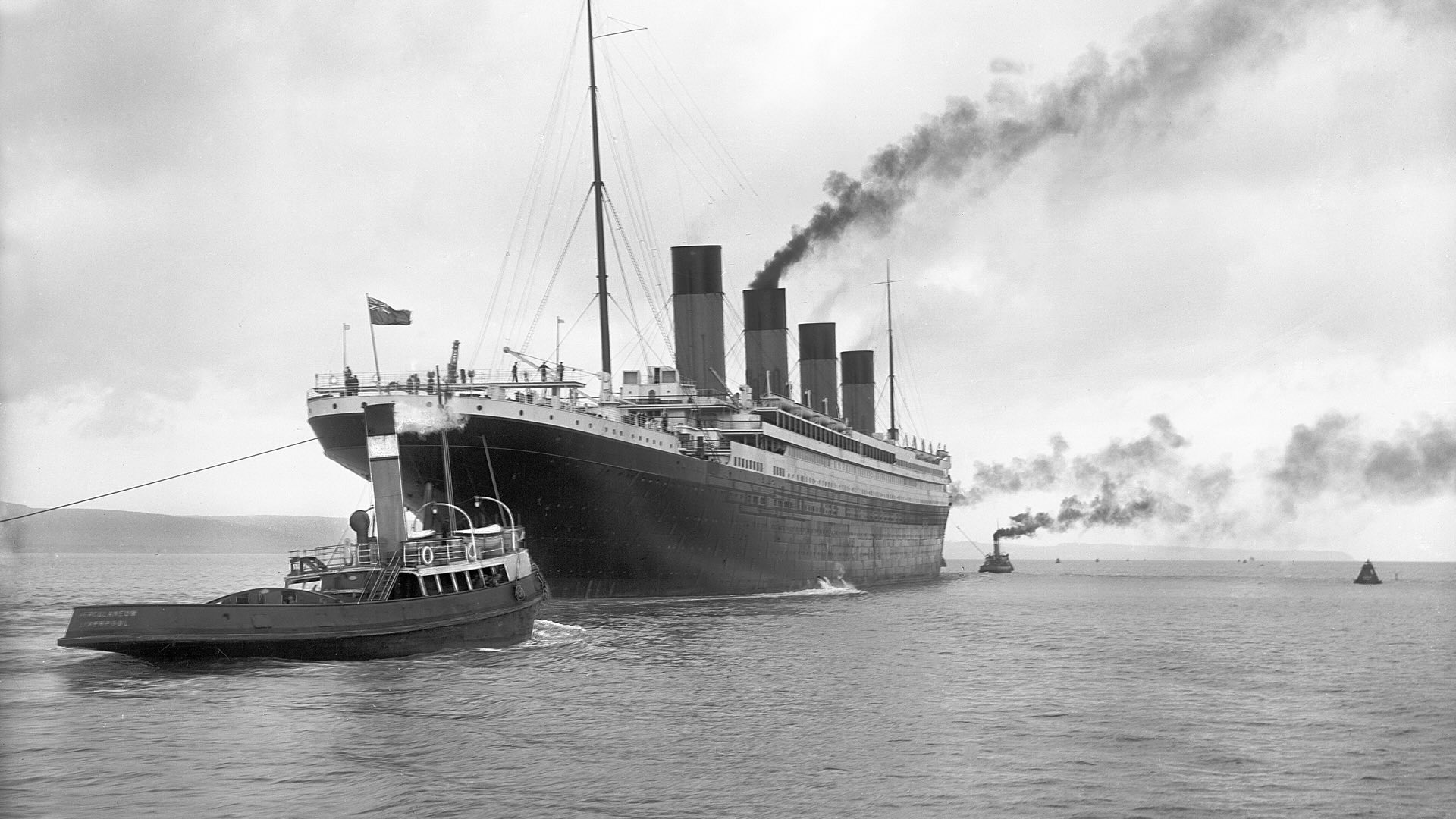

Building & Construction
When Was The Titanic Constructed
Modified: December 7, 2023
Discover the fascinating history behind the construction of the Titanic, one of the most iconic ships in history. Explore when and where the building-construction of this legendary vessel began.
(Many of the links in this article redirect to a specific reviewed product. Your purchase of these products through affiliate links helps to generate commission for Storables.com, at no extra cost. Learn more)
Introduction
The construction of the Titanic is a legendary feat in the realm of shipbuilding, with its tragic maiden voyage etched into history. But when did the construction of this iconic vessel actually begin?
The story of the Titanic begins in the early 20th century, during a time of great progress and innovation. As the demand for transatlantic travel grew, there was a need for a luxurious and technologically advanced ship that could transport passengers and cargo across the Atlantic. Thus, the idea of the Titanic was born.
Building a ship of such grandeur and size was no small undertaking. It required meticulous planning, skilled labor, and state-of-the-art technology. The construction process of the Titanic involved a series of steps that spanned several years, with the efforts of countless individuals and organizations.
In this article, we will delve into the fascinating journey of the construction of the Titanic, exploring the pre-construction phase, design and specifications, shipyard selection, commencement of construction, challenges faced, and the key players involved.
Join us as we unravel the incredible story of how this engineering marvel came to be, and discover the intricate details that set the stage for one of the most tragic events in maritime history.
Key Takeaways:
- The construction of the Titanic began in 1909 at Harland and Wolff shipyard in Belfast, Northern Ireland, involving meticulous planning, innovative technology, and collaboration between key players.
- Despite facing challenges and delays, the construction of the Titanic showcased human ingenuity, ambition, and dedication, leaving an indelible mark on history and inspiring future engineering feats.
Pre-construction
Before the actual construction of the Titanic began, extensive planning and preparation took place. The concept of the ship was conceived by White Star Line, a renowned British shipping company known for its luxurious vessels. They aimed to build a ship that would surpass all others in terms of size, elegance, and technological advancements.
To ensure the success of this ambitious project, White Star Line sought the expertise of Harland and Wolff, a prominent shipbuilding company based in Belfast, Northern Ireland. The partnership between the two companies proved to be instrumental in the creation of the Titanic.
The pre-construction phase involved a series of meetings and discussions to determine the ship’s specifications and design. The goal was to build a ship that could accommodate a large number of passengers while providing the utmost comfort and luxury.
In collaboration with naval architects and engineers, the design team meticulously planned every aspect of the ship. From the number of decks and cabins to the placement of public spaces and amenities, every detail was carefully considered.
Extensive research and analysis were conducted to ensure the structural integrity and safety of the vessel. The designers incorporated innovative features such as watertight compartments and a double-bottom hull, which were considered state-of-the-art at the time.
The materials and resources needed for construction were also carefully selected and procured. High-quality steel was chosen for the ship’s framework, while luxurious materials such as oak, mahogany, and marble were sourced for the interior finishes.
Furthermore, the pre-construction phase involved securing the necessary permits and approvals from regulatory authorities to ensure compliance with maritime laws and regulations. This included obtaining certificates related to ship design, stability, and safety.
In addition to the technical aspects, the pre-construction phase also involved creating a marketing strategy to generate public interest and attract wealthy individuals who could afford the luxury of traveling aboard the Titanic. The ship was marketed as the epitome of elegance and opulence, capturing the imagination of potential passengers.
With the plans in place and the necessary groundwork completed, the stage was set for the actual construction of the Titanic to begin. The pre-construction phase had laid the foundation for what would become one of the most iconic and celebrated ships in maritime history.
Design and Specifications
The design and specifications of the Titanic were meticulously planned to create a ship like no other. The goal was to combine luxury, comfort, and state-of-the-art technology in a vessel that would surpass all others in terms of grandeur and elegance.
With a length of 882 feet 9 inches and a beam of 92 feet 6 inches, the Titanic was designed to be the largest ship of its time. It boasted a total of nine decks, with four grand staircases providing access to various levels.
The ship had a passenger capacity of approximately 2,435 people, divided into three passenger classes: First Class, Second Class, and Third Class (commonly referred to as steerage). These classes were segregated by different areas of the ship, each offering different levels of luxury and amenities.
The First Class areas of the Titanic were the epitome of luxury. Passengers enjoyed spacious cabins with en-suite bathrooms, lavish lounges, dining rooms adorned with ornate decorations, and even a gymnasium and Turkish bath. The attention to detail in the design and furnishings of these areas was exceptional.
The Second Class areas of the ship provided a more comfortable and affordable option for passengers. While not as extravagant as First Class, these areas still offered well-appointed cabins, dining saloons, and common spaces that were tastefully designed.
The Third Class areas, located towards the lower decks of the ship, were designed to accommodate the large number of passengers traveling in steerage. Despite being more basic in comparison to the upper-class areas, the Third Class cabins were still comfortable and provided communal spaces for socializing.
The ship was equipped with the latest technological advancements of the time. It had an advanced electrical system that powered the lighting, heating, and ventilation throughout the ship. Additionally, the Titanic was equipped with wireless communication technology, which allowed for communication with other ships and land-based stations.
The exterior design of the Titanic featured a sleek profile with four iconic smokestacks. However, it is interesting to note that only three of these smokestacks were functional, while the fourth was purely for aesthetic purposes.
The Titanic’s design also prioritized safety. It was divided into 16 watertight compartments, which could be sealed off in the event of a hull breach. This design feature was intended to prevent the ship from sinking even if multiple compartments were flooded.
The design and specifications of the Titanic were groundbreaking for their time. The ship represented the epitome of luxury and engineering excellence, making it a marvel of its era.
Shipyard Selection
Choosing the right shipyard to bring the grand vision of the Titanic to life was a crucial decision in the construction process. After careful consideration, White Star Line selected Harland and Wolff shipyard in Belfast, Northern Ireland as the site for building the Titanic.
Harland and Wolff, established in 1861, had a reputation for constructing high-quality ships and had extensive experience in building large vessels. The shipyard had previously built several successful ships for White Star Line, including the majestic RMS Olympic.
Belfast was an ideal location for the construction of the Titanic due to its strategic position along the coast, abundant resources, and skilled labor force. The city was known for its shipbuilding industry and had a long history of producing some of the world’s finest ships.
One of the key factors that influenced the choice of Harland and Wolff shipyard was its cutting-edge infrastructure. The shipyard had a massive slipway, known as the Thompson Dry Dock, which was specifically designed to accommodate the construction of large vessels. This dry dock provided a controlled and safe environment for the construction process.
The shipyard also boasted a range of facilities and specialized workshops, including steel fabrication shops, joiners’ shops, electrical shops, and boiler- and engine-making works. These facilities were crucial for constructing and assembling the various components of the ship.
In addition to the infrastructure, Harland and Wolff had a highly skilled workforce that was capable of executing complex shipbuilding projects. The shipyard employed thousands of workers, including skilled craftsmen, engineers, and technicians who had gained expertise through years of experience.
The shipyard selection process also took into account the logistical aspects of the construction project. Belfast had direct access to the sea, which facilitated the transportation of large materials and components needed for the construction of the Titanic.
Furthermore, the selection of Harland and Wolff shipyard was influenced by the close collaboration between White Star Line and the shipyard. The successful partnership in the past had established trust and confidence, making it a natural choice for the construction of the Titanic.
With the shipyard selection finalized, the stage was set for construction to begin on the Titanic. The combined expertise of White Star Line and Harland and Wolff, along with the resources and infrastructure in Belfast, would prove essential for the successful completion of this ambitious project.
The construction of the Titanic began on March 31, 1909, at the Harland and Wolff shipyard in Belfast, Northern Ireland.
Construction Begins
With the shipyard selected and the plans in place, construction on the Titanic officially began on March 31, 1909. The laying of the ship’s keel marked the official commencement of what would become a monumental undertaking.
The construction process involved a combination of traditional shipbuilding methods and modern manufacturing techniques. Skilled craftsmen and laborers worked tirelessly to bring the vision of the Titanic to life.
The construction of such a massive ship required an enormous amount of materials. The steel frames and plates used for the hull were manufactured in numerous factories and mills across the United Kingdom and then transported to the shipyard in Belfast.
At Harland and Wolff, the construction began with the assembly of the ship’s steel framework. Skilled workers meticulously joined the individual sections together, using rivets to create a sturdy and watertight structure.
The construction process was divided into various phases, with different teams working simultaneously on different sections of the ship. This parallel workflow allowed for efficient progress and minimized construction time.
As the hull took shape, the interior spaces of the Titanic started to come to life. The installation of decks, cabins, and public areas began, accompanied by the careful placement of luxurious materials and furnishings.
The construction of a ship as large as the Titanic required extensive planning and coordination of various systems. The installation of plumbing, electrical wiring, and ventilation systems was carried out meticulously to ensure optimal functionality and passenger comfort.
Throughout the construction process, regular inspections and quality control measures were implemented to ensure that the ship met the highest standards of safety and craftsmanship. These inspections involved rigorous testing of all onboard systems, including lifeboats, communication equipment, and safety features.
Construction of the Titanic progressed steadily over the next three years, with thousands of workers dedicating themselves to the project. The sheer scale of the ship demanded the collective effort of everyone involved, from the shipyard workers to the engineers and designers.
By the time construction was completed, the Titanic stood as a testament to human ingenuity and ambition. The massive vessel was ready to embark on its maiden voyage and begin its reign as the epitome of luxury and engineering marvel.
Read more: When Can You Start Construction
Challenges and Delays
The construction of the Titanic faced its fair share of challenges and delays. Building a ship of such magnitude and complexity was an unprecedented endeavor, and unforeseen obstacles arose along the way.
One of the major challenges faced during construction was the sheer scale of the project. The Titanic was the largest ship of its time, and managing the logistics of constructing such a massive vessel presented numerous difficulties. Coordinating the supply of materials, the allocation of manpower, and the scheduling of various construction activities required meticulous planning and organization.
Another challenge was the need to ensure structural integrity and safety. The Titanic was designed to have a double-bottom hull and watertight compartments to enhance its buoyancy and protect against flooding. However, implementing these features while maintaining the ship’s elegance and functionality proved to be a complex task.
Additionally, the technological advancements incorporated into the Titanic presented challenges of their own. The installation and testing of the wireless communication system, for example, required specialized knowledge and expertise. Overcoming technical issues and ensuring that the various systems operated flawlessly demanded extensive effort and collaboration.
The Titanic’s construction also experienced delays due to external factors. One such factor was the labor strikes that occurred sporadically throughout the shipbuilding industry in the early 20th century. These strikes led to work stoppages, disrupting the construction process and causing delays in the timeline.
Furthermore, the extensive customization and luxurious finishes demanded by White Star Line contributed to the project’s delay. The intricate interior detailing, including the lavish furnishings and ornate decorations, required additional time and craftsmanship to achieve the desired level of opulence.
Despite these challenges and delays, the construction of the Titanic persevered. Harland and Wolff’s dedicated workforce, along with their vast experience in shipbuilding, allowed them to overcome the obstacles and push forward with the construction.
Ultimately, the challenges and delays faced during the construction of the Titanic served as a testament to the dedication and perseverance of all those involved. The relentless pursuit of perfection and the desire to build a ship like no other propelled the project forward, leading to the creation of an engineering marvel that continues to capture the imagination of people worldwide.
Key Players
The construction of the Titanic involved the collaboration of several key players who played integral roles in bringing the ship to life. These individuals and organizations brought their expertise and dedication to ensure the successful completion of this monumental project.
White Star Line: As the owner and operator of the Titanic, White Star Line played a central role in the design, financing, and marketing of the ship. With a vision to create a luxurious and technologically advanced vessel, White Star Line partnered with other entities to bring their vision to reality.
Harland and Wolff: The shipbuilding company based in Belfast, Northern Ireland, was responsible for building the Titanic. With a long history of constructing renowned ships, Harland and Wolff brought their expertise, infrastructure, and skilled workforce to the project. They oversaw the construction process, ensuring that the ship was built to the highest standards of quality and craftsmanship.
Thomas Andrews: Thomas Andrews, the chief naval architect and managing director of Harland and Wolff, played a pivotal role in the design and construction of the Titanic. He supervised the entire project, ensuring that the ship met the highest standards of safety, comfort, and elegance. Andrews tragically lost his life during the sinking of the Titanic, further lending solemnity to his legacy.
Alexander Carlisle: The managing director of Harland and Wolff, Alexander Carlisle, oversaw the day-to-day operations of the shipyard and played a crucial role in coordinating the various departments involved in the construction process. His leadership and management skills were instrumental in keeping the project on track.
William Pirrie: As the chairman of Harland and Wolff, William Pirrie provided strategic guidance and support throughout the construction of the Titanic. He was instrumental in securing the contract with White Star Line and worked closely with other key players to ensure a successful project.
Edward J. Smith: As the captain selected to command the Titanic, Edward J. Smith was responsible for overseeing the construction of the ship from the perspective of its future operations. Although not directly involved in the physical construction, Smith played a pivotal role in shaping the ship’s design elements that would benefit his crew and passengers.
Archibald Gracie IV: A first-class passenger aboard the Titanic, Archibald Gracie witnessed the construction of the ship firsthand. His detailed accounts and documentation later became an invaluable resource in understanding the construction process and the ship’s interior layout.
These key players, among many others, contributed their expertise, leadership, and dedication to the construction of the Titanic. Through their collaborative efforts, the iconic ship was built, leaving an indelible mark on history and forever capturing the imagination of people around the world.
Conclusion
The construction of the Titanic was a monumental endeavor that involved meticulous planning, collaboration between key players, and the utilization of innovative technology. From the pre-construction phase to the selection of the shipyard, every aspect of the Titanic’s creation was carefully considered and executed.
The ship’s design and specifications pushed the boundaries of luxury and engineering, setting new standards for maritime travel. The partnership between White Star Line and Harland and Wolff brought together the expertise and resources needed to bring this vision to life.
Throughout the construction process, the Titanic faced numerous challenges and delays. However, the dedication and perseverance of the individuals involved helped overcome these obstacles, ensuring the successful completion of the ship.
The key players, such as White Star Line, Harland and Wolff, Thomas Andrews, and others, played critical roles in managing the complex construction project. Their expertise, leadership, and commitment to excellence were instrumental in turning the ship’s blueprint into a tangible reality.
As the construction progressed, the Titanic became more than just a vessel. It became a symbol of human innovation, luxury, and ambition. The ship represented a new era in transatlantic travel and captivated the imaginations of people around the world.
Unfortunately, the tragic events that unfolded during the Titanic’s maiden voyage cast a shadow over its remarkable construction. However, the legacy of the Titanic lives on as a testament to human triumphs and the indomitable spirit of exploration and engineering excellence.
Today, the Titanic continues to fascinate and inspire, reminding us of the extraordinary efforts and sacrifices made by those involved in its construction. The story of this extraordinary ship serves as a reminder of the intricacies and challenges of construction projects on such a grand scale, while also highlighting the need for meticulous planning, skilled labor, and unwavering commitment to safety.
As we reflect on the construction of the Titanic, we are reminded of the power of human ingenuity and the enduring allure of remarkable engineering feats. The story of the Titanic serves as a timeless testament to the ambition and dedication of those who strive to push the boundaries of possibility and shape the world we live in.
Frequently Asked Questions about When Was The Titanic Constructed
Was this page helpful?
At Storables.com, we guarantee accurate and reliable information. Our content, validated by Expert Board Contributors, is crafted following stringent Editorial Policies. We're committed to providing you with well-researched, expert-backed insights for all your informational needs.
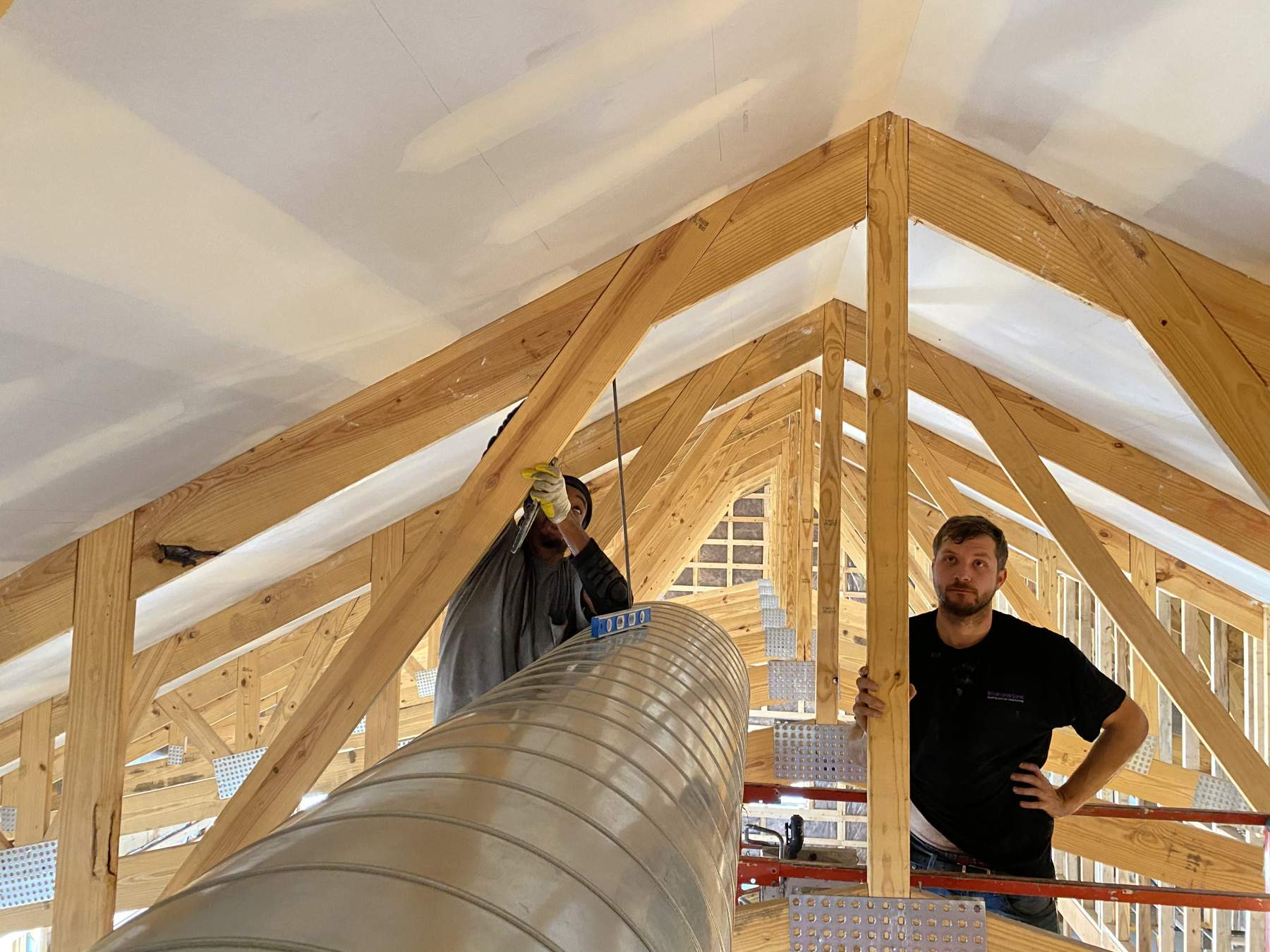




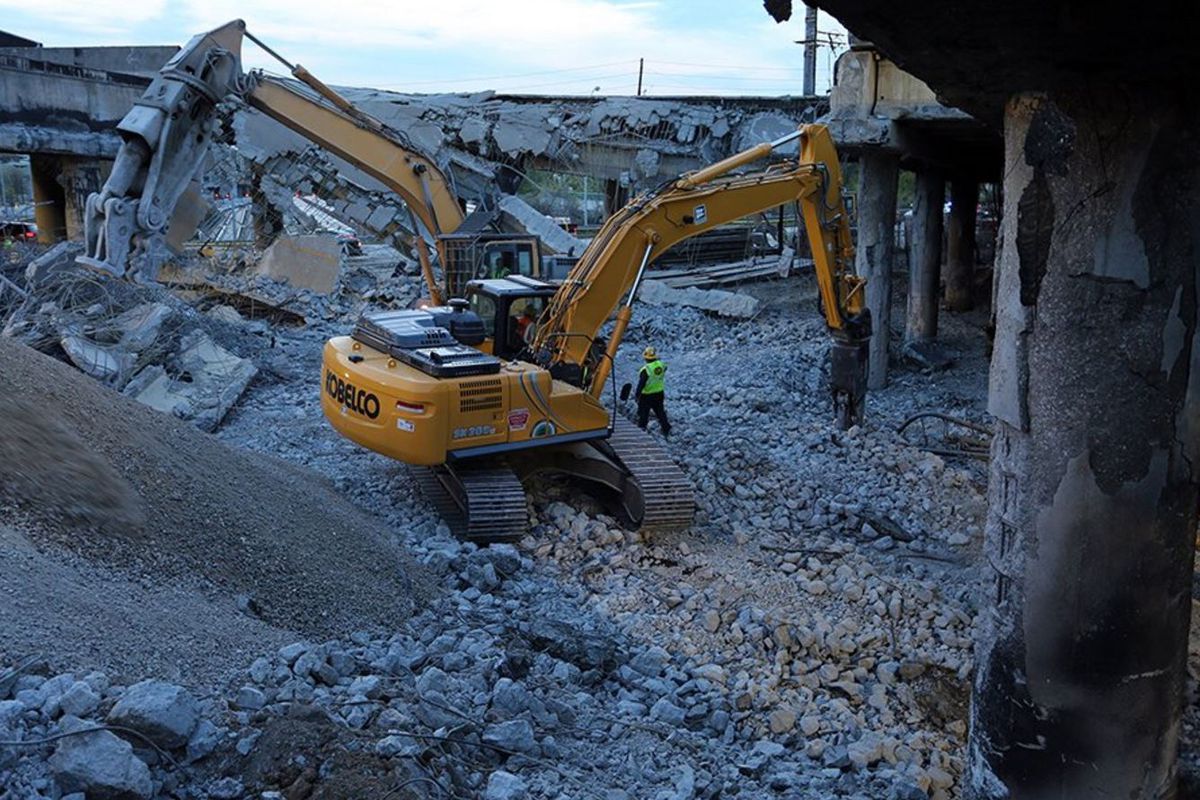


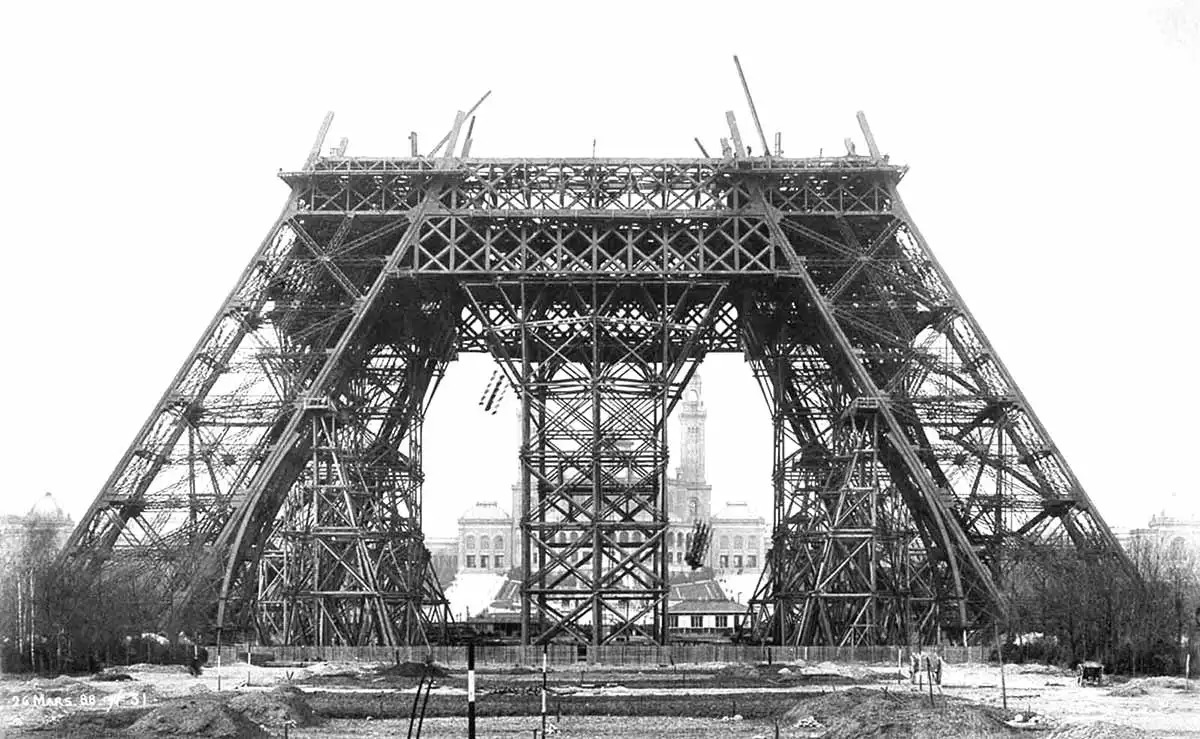


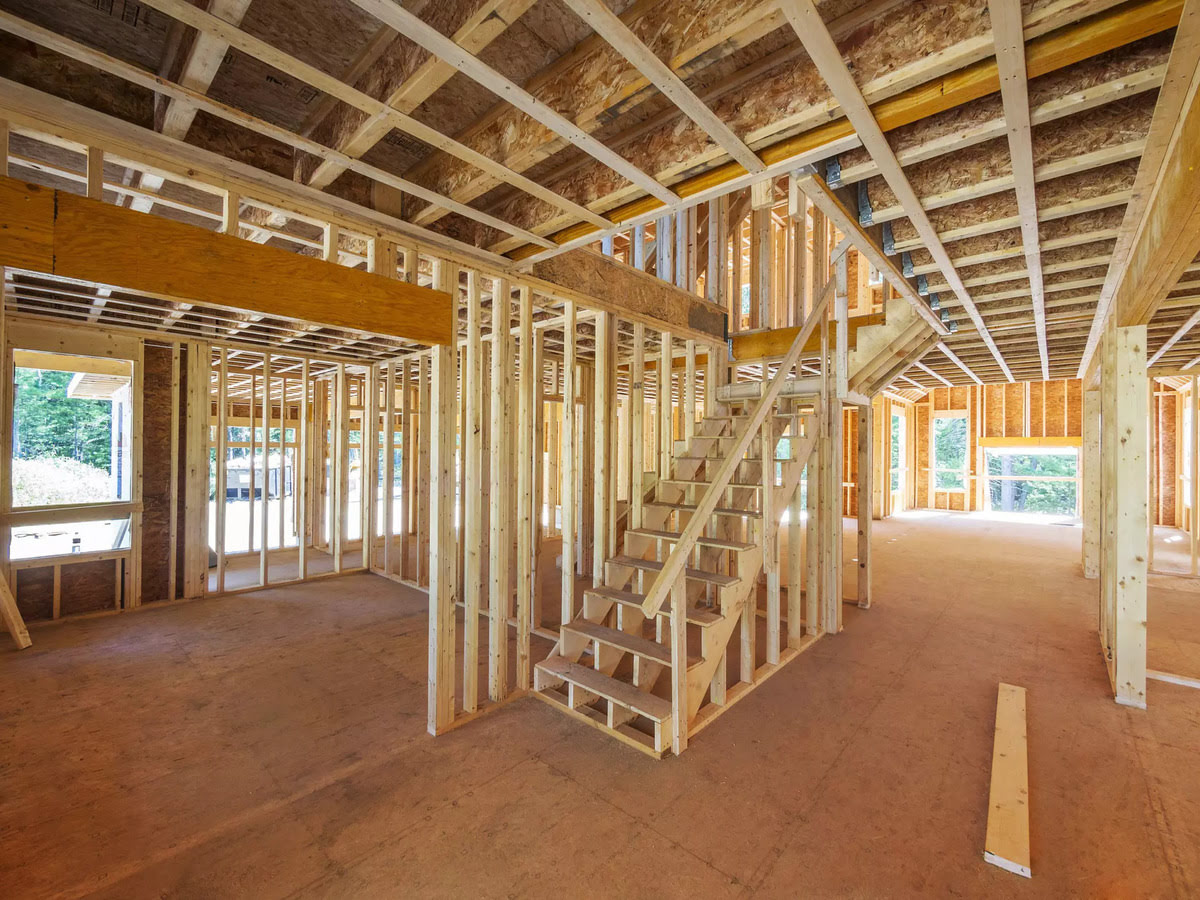



0 thoughts on “When Was The Titanic Constructed”